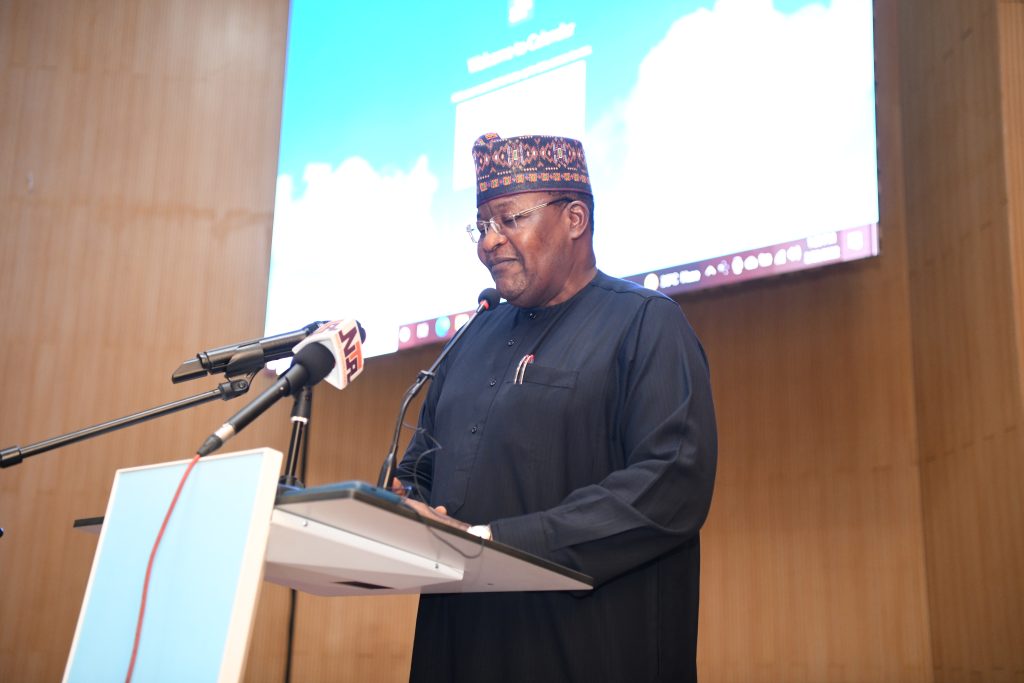NCC Tasks Stakeholders on Development of Indigenous Telecoms Sector

Stakeholders in the indigenous rung of the telecom sector in Nigeria have been tasked to intensify efforts to develop in the country’s indigenous arm of the sector.
The Executive Vice President of the Nigerian Communications Commission (NCC), Prof. Umar Danbatta, disclosed this recently at an event organised by the Policy Implementation Assisted Forum (PIAFo) in Lagos.
The theme of the event was, “Establishing Trackable Metrics for Developing Nigeria’s Indigenous Telecoms Sector”.
Danbatta, who was represented by Babagana Digima, the Head of Nigeria Office for Developing the Indigenous Telecom Sector (NODITS), said that the development of the indigenous telecommunications sector was vital for the growth of the country.
He said that the commission’s policy and regulatory framework had always laid emphasises on the development of effective local participation of the telecoms sector value chain.
The NCC boss said that the Federal Government had in 2021 launched a national policy for Promotion of Indigenous Content (NPPIC) spearheaded by the Minister of Communication and Digital Economy, in recognition of the pertinent need to develop indigenous capacity in the telecom sector.
He said that to ensure the effective implementation of the NPPIC, the commission articulated several targets and high impact interventions, which were Specific, Measurable, Attainable, Relevant and Time-Based (SMART).
“We have not only identified a number of critical stakeholders in the industry, but we have engaged over 30 different entities ranging from MDAs, Mobile Network Operators and SIM manufacturers and mast manufacturers via Nigeria Office for Developing the Indigenous Telecom Sector,”’he said.
In his remarks, Mr Omobayo Azeez, Lead Executive at PIAFo and Covener of the event, said that the telecommunications sector had unarguably become one indispensable economic enabler for the country and its people.
He said that in spite of the commendable trajectory, the sector remains grossly dependent on foreign inputs which at the end of every operating year resulted into capital flights in excess of 2.16 billion dollars.









0 Comments